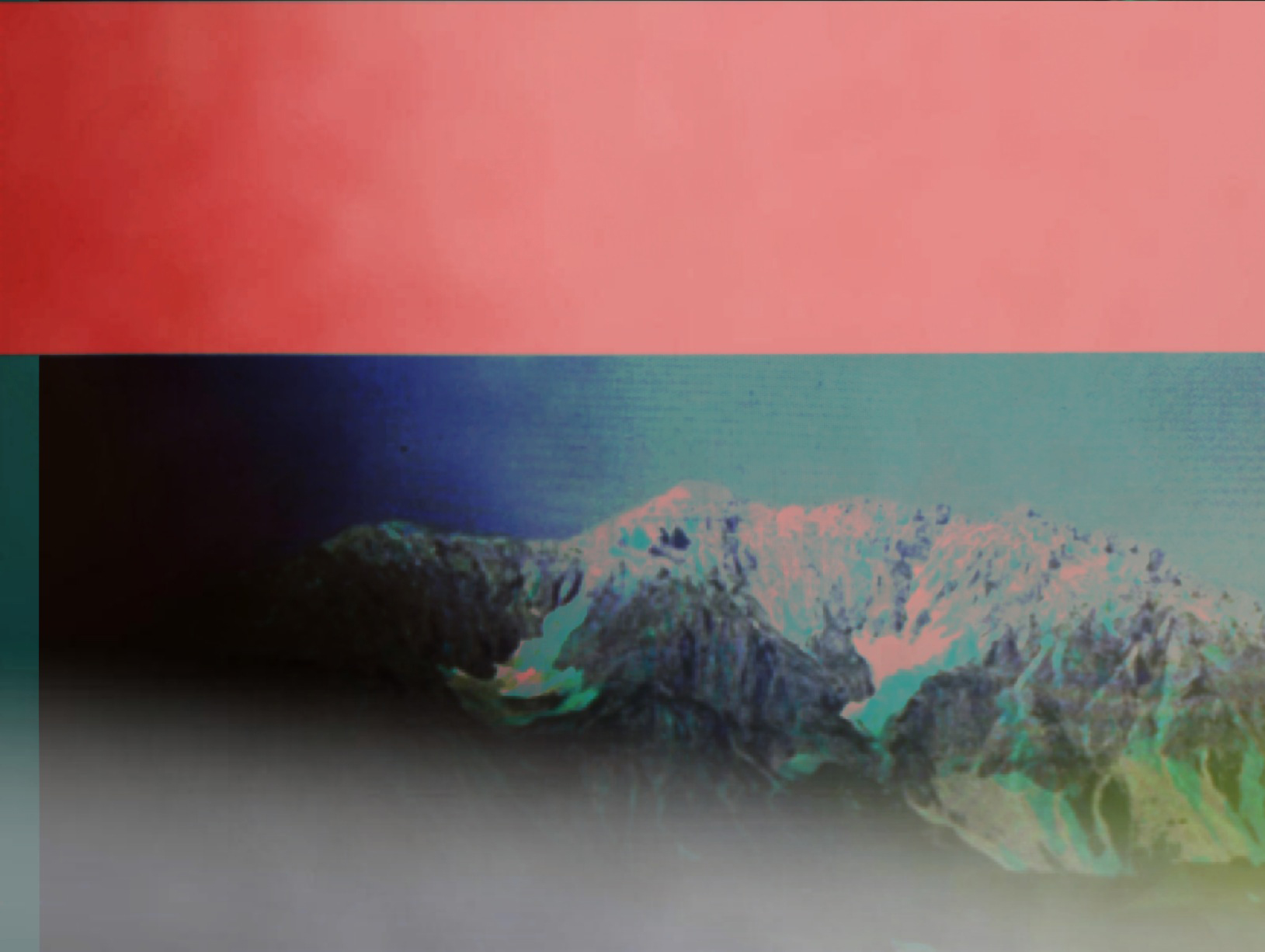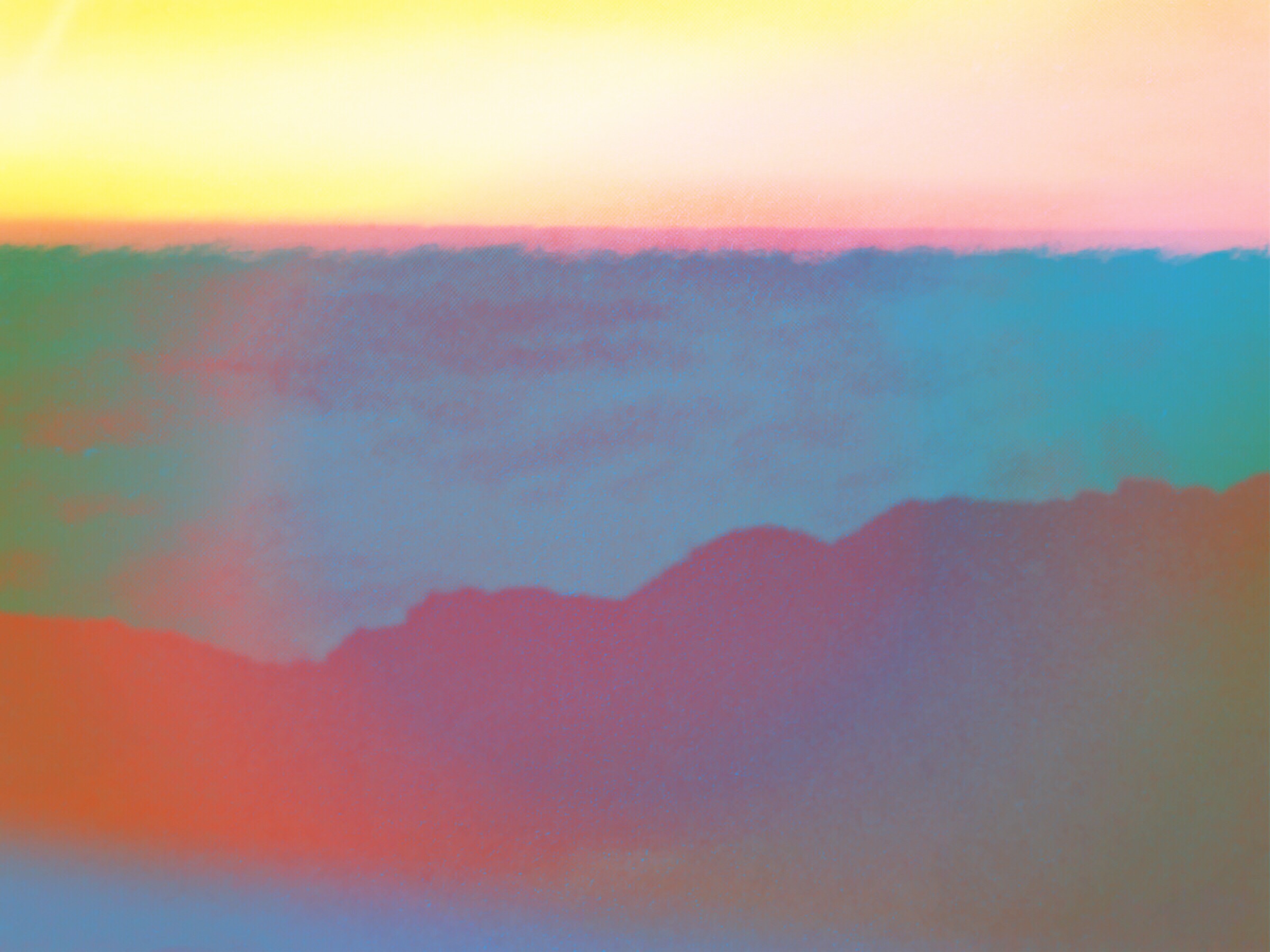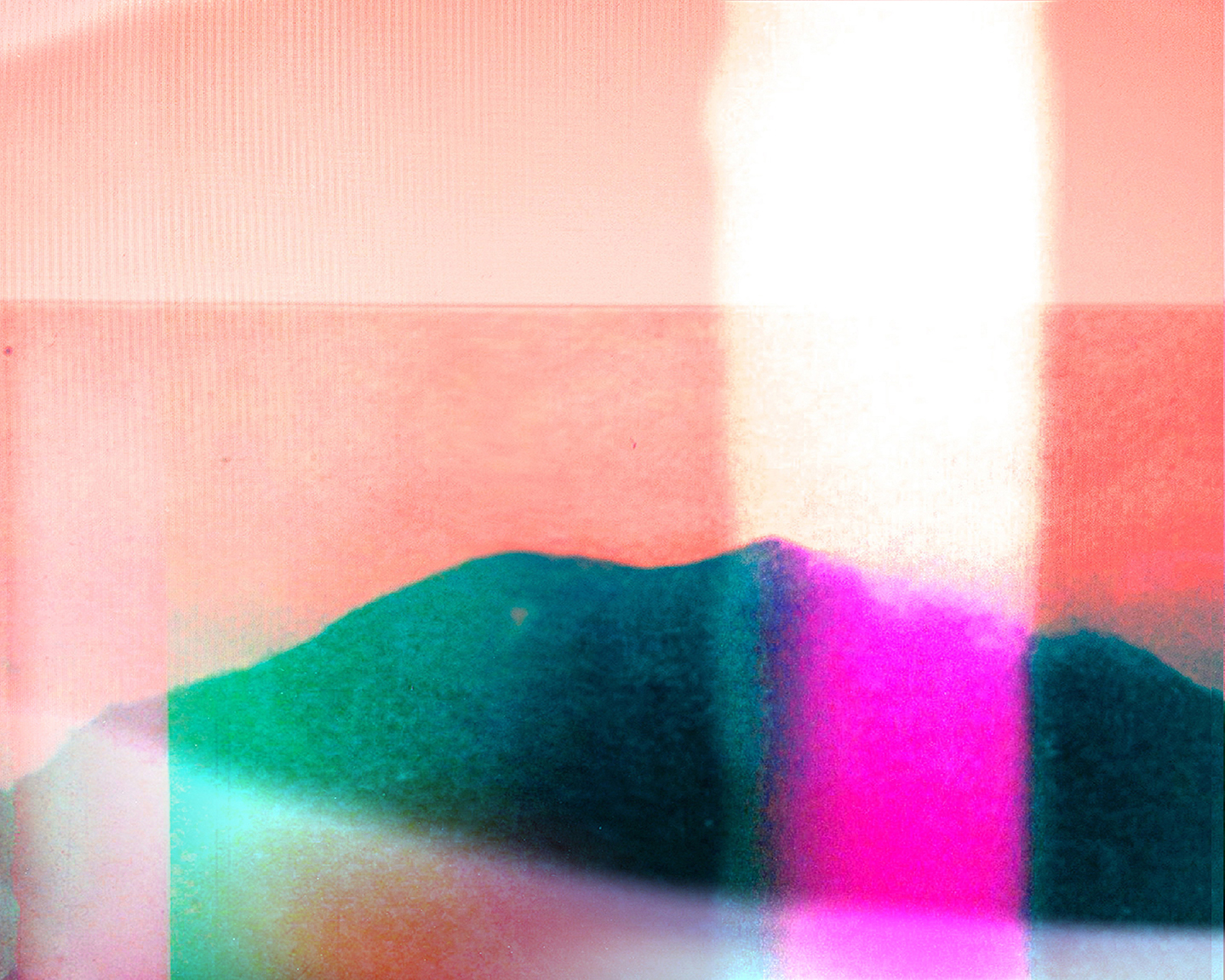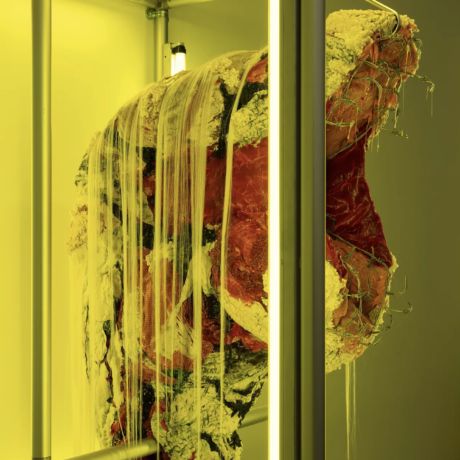
Penelope Umbrico is an artist based in New York who regularly works with photographic detritus found online. The title of my article is also the title of her first monograph, published in 2011 by the Aperture Foundation, New York. Since the early fifties, the Foundation has operated as an important judgement seat, using its publications to advance debates around what constitutes significant contemporary photography. Taking a figure like Umbrico on board clearly signals a desire to get to grips with the impact of the Internet on photography, probably as important as the emergence of the medium in the mid-nineteenth century, or its integration into print media at the start of the twentieth century.
Umbrico has a lot of affinities with Berlin artist Joachim Schmid, who regularly trawls streets and flea markets, seeking out abandoned and forgotten photographs. At least he did in the past, he told me recently that photography’s digital turn means he’s finding less and less during his walkabouts! Schmid describes his work as lumpenfotografie. (Note his deliberate use of the lower case.) The neologism references the Lumpenproletariat, for Karl Marx the “refuse of all classes”, a “disintegrated mass” that could include ruined and adventurous offshoots of the bourgeoisie, vagabonds, discharged soldiers, former prisoners, pickpockets, brothel keepers, rag-pickers, beggars and so. Schmid is keen on photographic refuse, a category as broad and heterogeneous as Marx’s Lumpenproletariat, but generally embracing material that is absent in mainstream histories of photography, especially those emphasizing the artistic dimensions of the medium.
Let’s consider Schmid’s lumpenfotografie and Umbrico’s (Photographs) as synonyms. Not surprisingly, therefore, she was one of the artists invited by Schmid and his co-curators to participate in From Here On… (Les Rencontres d’Arles, 2011), a major survey dealing with how photography has been revolutionized by two decades of the internet. The organizers chose a newspaper format for their catalogue and used the first page for a rhetorical declaration, evoking The Futurist Manifesto on the front page of Le Monde which launched a half-century of avant-garde provocation in 1909. Among other things, the declaration claims that everyone is recycling, clipping and cutting, remixing and uploading. In short, we are all editors now.

Suns from Flickr
Is there still any point in going out to take a photo of a sunset when a simple click gives us access to millions of them? Umbrico’s question, taken from the Arles catalogue, could be treated as a epigraph for her best-known project, begun in 2006, called Suns from Flickr. Flickr was first launched in Canada in 2002 as a site where amateur photographers could display and share their work and it now has a global following. With Flickr there is the possibility of viewing material according to thematic categories, and this feature provided Umbrico with her starting point. By 2011, she had a collection of 2,500 suns, cropped from different sunset images from around the world.
I had direct experience of her way of working when she contributed to a group exhibition that I organized at Work Gallery, London, in 2012. Via email, we agreed to include Suns from Flickr, and she then wanted to know the exact dimensions of her assigned wall space. She calculated how many standard commercial prints would completely cover the wall, and uploaded files. These were sent from New York and downloaded on my computer in Bournemouth, England. Prints were made at my local supermarket and delivered by hand to the London gallery where they were pasted to the wall, following Umbrico’s instructions. After the exhibition, all prints were destroyed. In certain situations, like the editing of Suns from Flickr for the dust jacket of the Umbrico monograph, one can imagine greater direct involvement by the artist in design and execution. However, what was stimulating about my collaboration with her was the give and take. The quality of supermarket printing was never an issue, for example! On the contrary she values the common touch.
In her statement for the Arles catalogue, Umbrico takes it for granted that in a world of image saturation, what is required is recycling, injecting new life into existing photographs. Suns from Flickr—in its various manifestations on the gallery or museum wall, the printed page or the computer screen—is a stunning instance of what she has in mind.
Moving Mountains
In 2012 Umbrico was one of ten photographers invited to contribute to Aperture Remix, an exhibition in New York that celebrated the Foundation’s sixtieth anniversary. Each contributor was asked to pay homage to an Aperture publication that had been formative, and Umbrico decided to work with photographs of mountains (all by men) taken from various volumes of the Masters of Photography series. In the first instance, she rephotographed famous images from the book with her iPhone, working her way through an almost bewildering number of camera app photo filters that seem to evoke the entire technical history of analogue photography. The end result was a grid of photographs, exhibited at Aperture’s gallery, next to images from the book that she referenced—nine vintage prints, and seven very dark reproductions for those that she could not get on loan.
Moving Mountains, like Suns from Flickr, is—in part—presented as a Modernist grid. Yet the differences are major. Suns from Flickr, like everything else in her Aperture monograph, are (photographs) or lumpenfotografie. Detritus. Junk. Refuse. All rendered significant through a sensitive selection and presentation. Moving Mountains is the reverse, perhaps. Analogue masterpieces put through the digital mangle. What do you want for the living room wall—Henri Cartier-Bresson or Penelope Umbrico’s remix?

Lumpenfotografie
For Marx, the Lumpenproletariat played a significant role in Louis Bonaparte’s coup of 1851 that ushered in close to twenty years of imperial rule in mid-nineteenth-century France. Marx’s followers have tended to endorse the idea of the Lumpenproletariat as a support for various forms of political reaction, but there are exceptions. Frantz Fanon, for example, whose Third World manifesto The Wretched of the Earth (1961) identifies it with large sections of colonized peoples who have a potentially useful role to play in any emancipatory project. Schmid and Umbrico are hardly Fanonists! Yet their work with, and on, marginalized imagery is an insurrection of sorts in the generally oppressive world of contemporary art photography.





